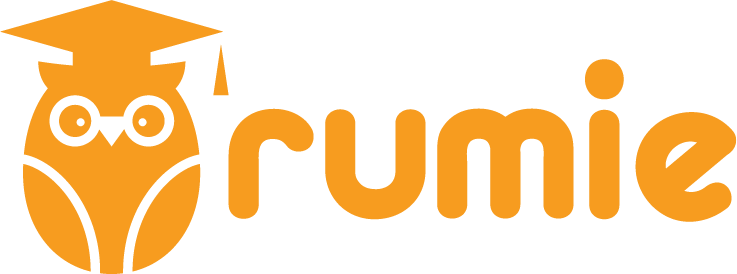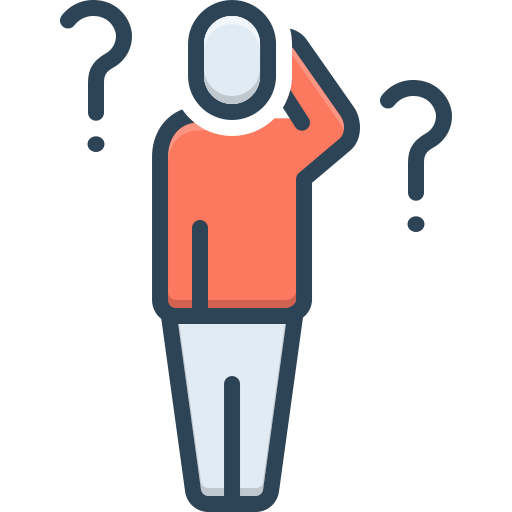Imagine this:
Raina is a new coworker on your team. She's great at her job and shares excellent ideas in team meetings. You notice that she spends her breaks alone, skips team dinners, and steers clear of casual office banter.
A colleague comments that Raina seems "unfriendly and weird." But you don't think so. What if what you’re seeing isn’t unfriendliness — but a social disability?
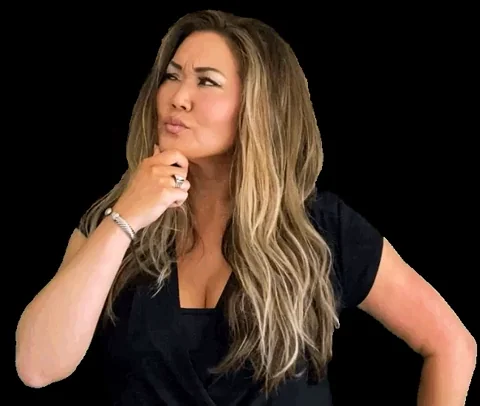
It’s easy for people to misjudge or develop a bias toward someone who behaves differently from what they're used to. The first step to fighting this bias is recognizing, understanding, and accepting social disabilities and differences.
What is a Social Disability?
"Social disability" isn’t an official term recognized by the International Classification of Functioning, Disability and Health. Still, many people use this term to describe challenges that make it hard to socialize, connect, or interact with others in their day-to-day lives, creating barriers to equal access.
Challenges could be faced:
at work
in school, and/or
in personal life.
Image courtesy of US Centers for Disease Control and Prevention
What counts as a "social disability"?
Social disabilities can be complex.
Some conditions are widely known to have a direct impact on social development and skills, such as in the case of:
Other times, another type of disability can create barriers to access that cause a secondary social disability.
For example, someone with a physical disability may not initially face challenges with social development. However, physical barriers can make it hard for them to engage in social activities, affecting their social development. In this case, they experience a social disability as a "secondary condition" of their physical disability.
Common Social Impairments
Social developmental disabilities can include challenges with:
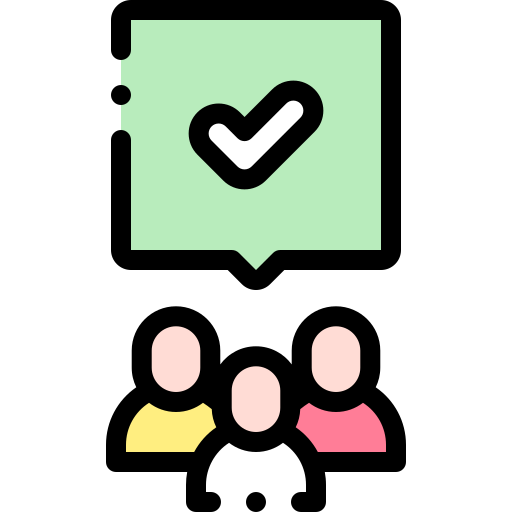
1. Understanding others and communicating by following social norms around:
verbal and nonverbal cues
facial expressions
eye contact
body language
tone of voice
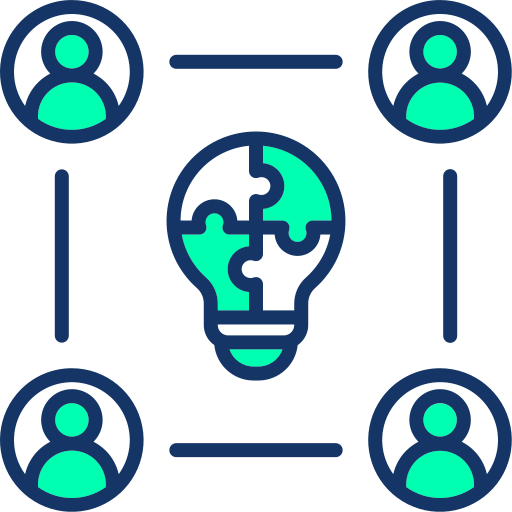
2. Social problem-solving challenges such as:
grasping unwritten social rules
navigating informal or uncertain social settings
accepting differing perspectives
adapting behavior based on social situations
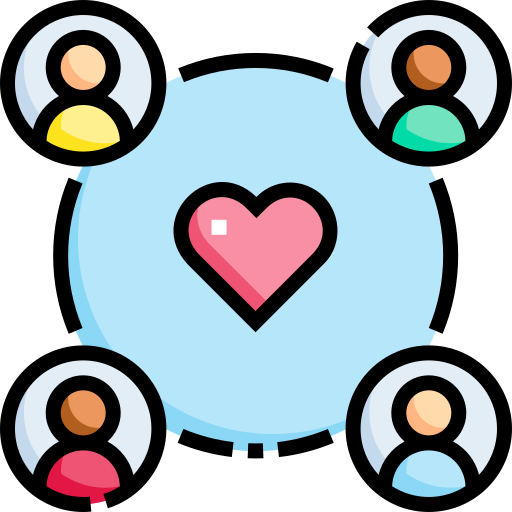
3. Building and maintaining relationships,including challenges with:
understanding and expressing feelings
initiating conversations
realizing when someone is disinterested in a topic of conversation
These impairments could result in:
avoiding social situations
seeking certainty and order in social settings
feeling isolated
low self-esteem
anxiety and mood challenges
aggression
sensory and physical discomfort
meltdowns
Stigmas and Barriers
Like we saw in the example of Raina, people with social disabilities may be misunderstood and be labelled as "weird", "difficult", or "antisocial". This can be a painful experience, and can result in them facing barriers to access at work, in school, and in their communities.
Consider these examples:
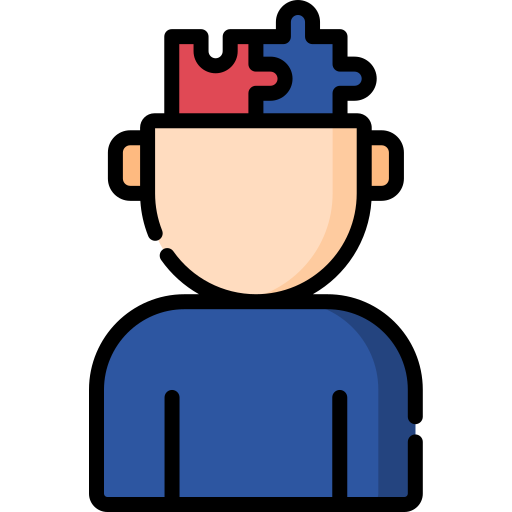
Terrence is autistic. At work, he mimics his team members' behaviour and repeats phrases they say to learn social norms. Some of his colleagues think he's a copycat and don't invite him for team outings.
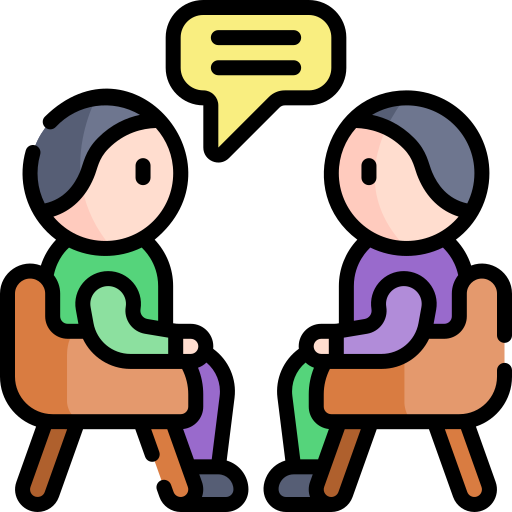
Juliet has a speech impairment. She participates in class and gets good grades in school. Still, many of her classmates refuse to work on group projects with her, assuming she doesn't understand the material.
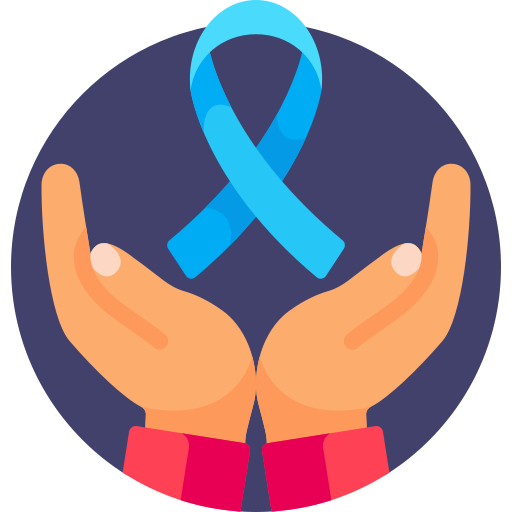
Bobby has Down syndrome. He's having a hard time finding a job and an apartment to rent. He faces judgment and discrimination because he looks and behaves differently from others.
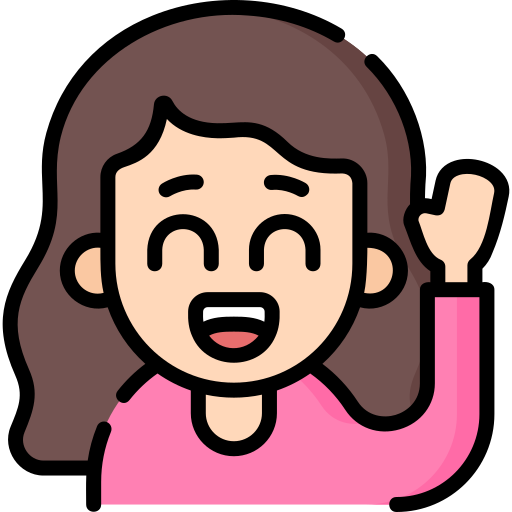
Xenia has social anxiety. She is upset that she didn't land the teaching assistant position for which she applied. Her professor thinks she's disinterested because she doesn't speak up in class.
Ways to Reduce Stigma
Be open to learning.
Listen to personal stories and learn directly from people with disabilities.
Avoid assumptions about what someone with a disability can and cannot do.
Seek out resources that help you understand different perspectives and experiences.
Use respectful language.
Use inclusive language and understand how people want to be addressed.
Choose people-first (e.g., people with disabilities) or identity-first language (e.g., autistic person) based on individual preference.
Avoid negative terms like "suffering from" or describing disabilities as tragedies.
Create support.
If you're in a position to do so, offer accommodations and social skills training.
Create disability awareness in your workplace, school, or community.
Focus on building mutual understanding rather than expecting someone to "fit in" — grounded in the "double empathy problem" from disability justice frameworks spoken about in the autistic community.
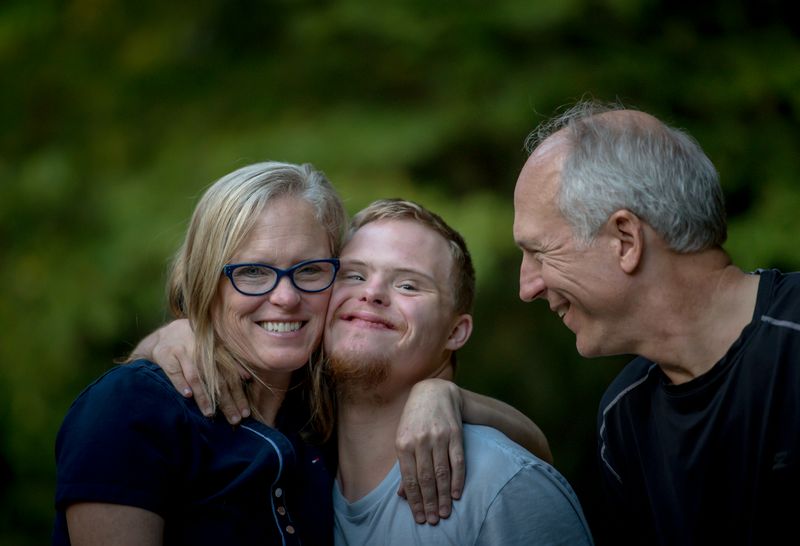 Photo by Nathan Anderson on Unsplash
Photo by Nathan Anderson on UnsplashTest Your Knowledge
Your team is planning a party to celebrate the end of the quarter, and you're responsible for the invitations. You wonder whether you should invite your colleague, Raina, since she hasn't attended team outings in the past.
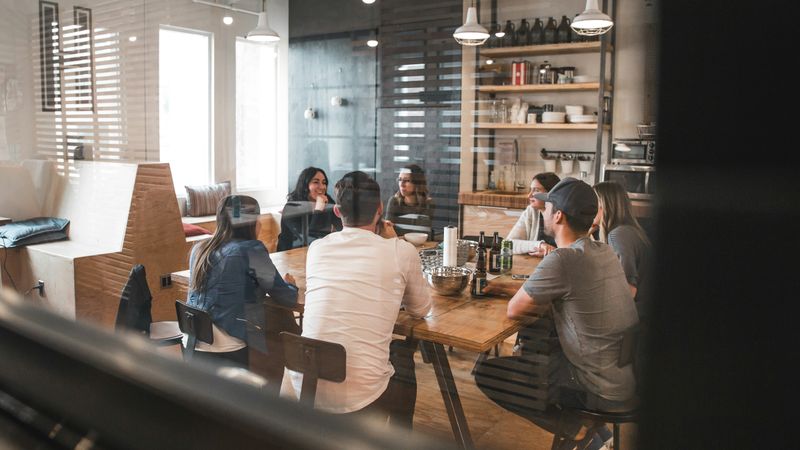 Photo by Redd Francisco on Unsplash
Photo by Redd Francisco on UnsplashWhat are some things you can do?
A. Include the event schedule in the invite.
B. Don't send Raina the invitation, it could make her uncomfortable.
C. Send the invitation to all team members.
D. Make the event compulsory for all team members.
Quiz
What are some things you can do? Select all that apply:
Take Action
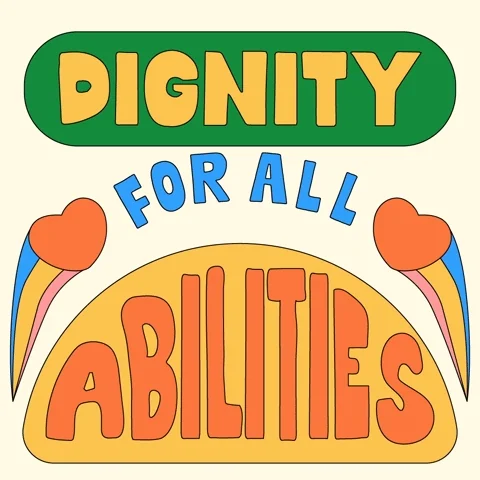
Make the world a better place!
Your feedback matters to us.
This Byte helped me better understand the topic.
